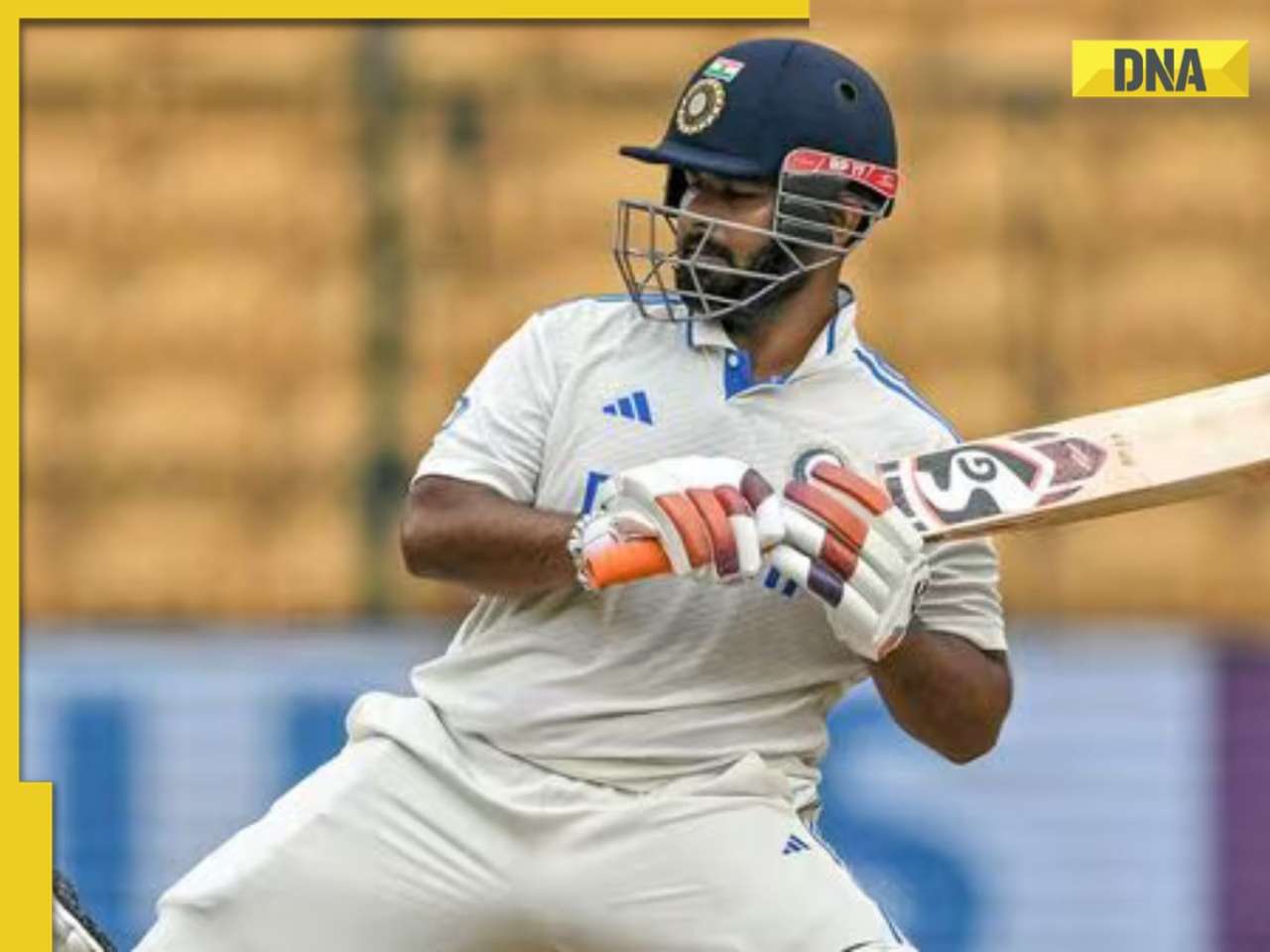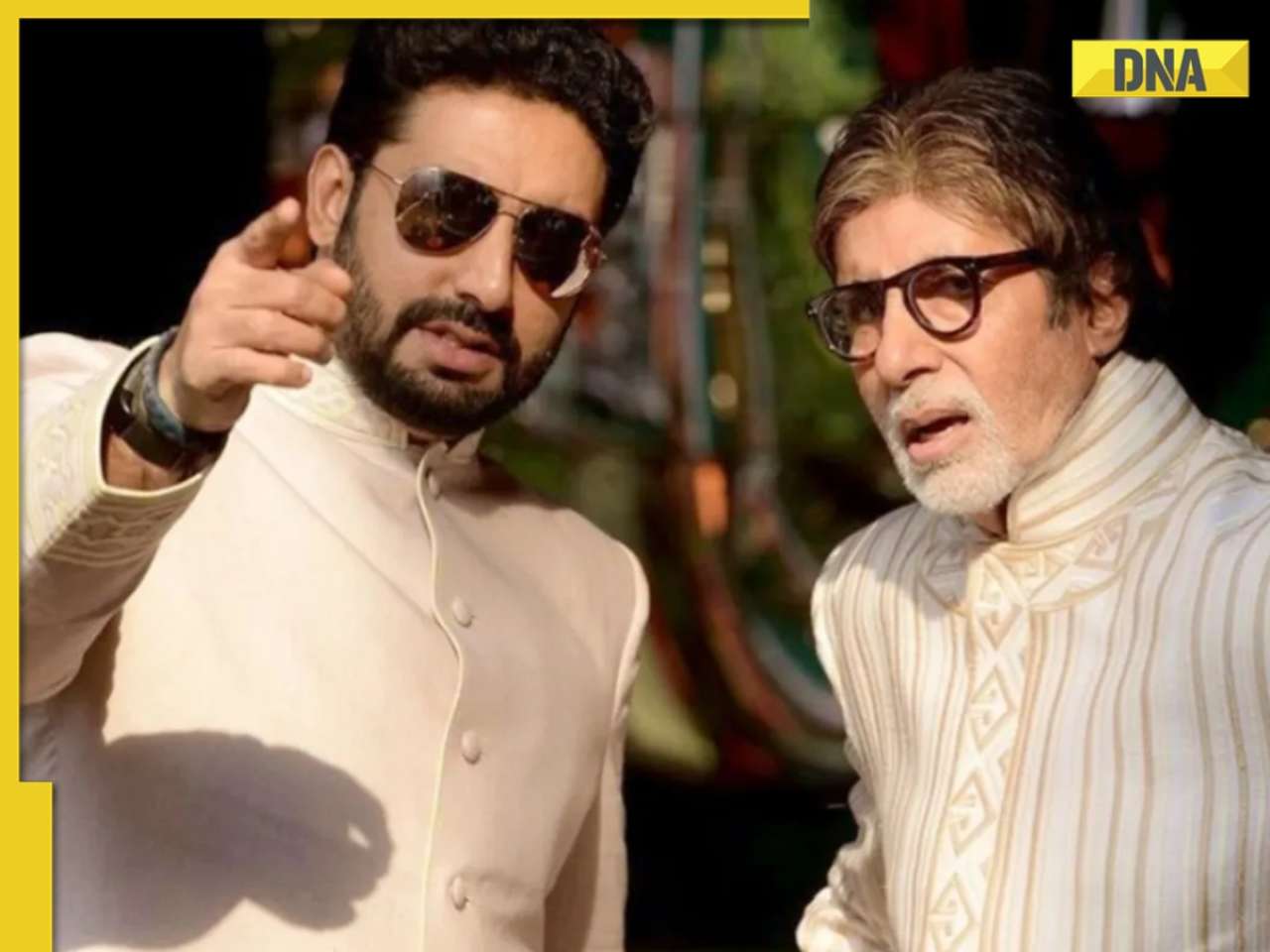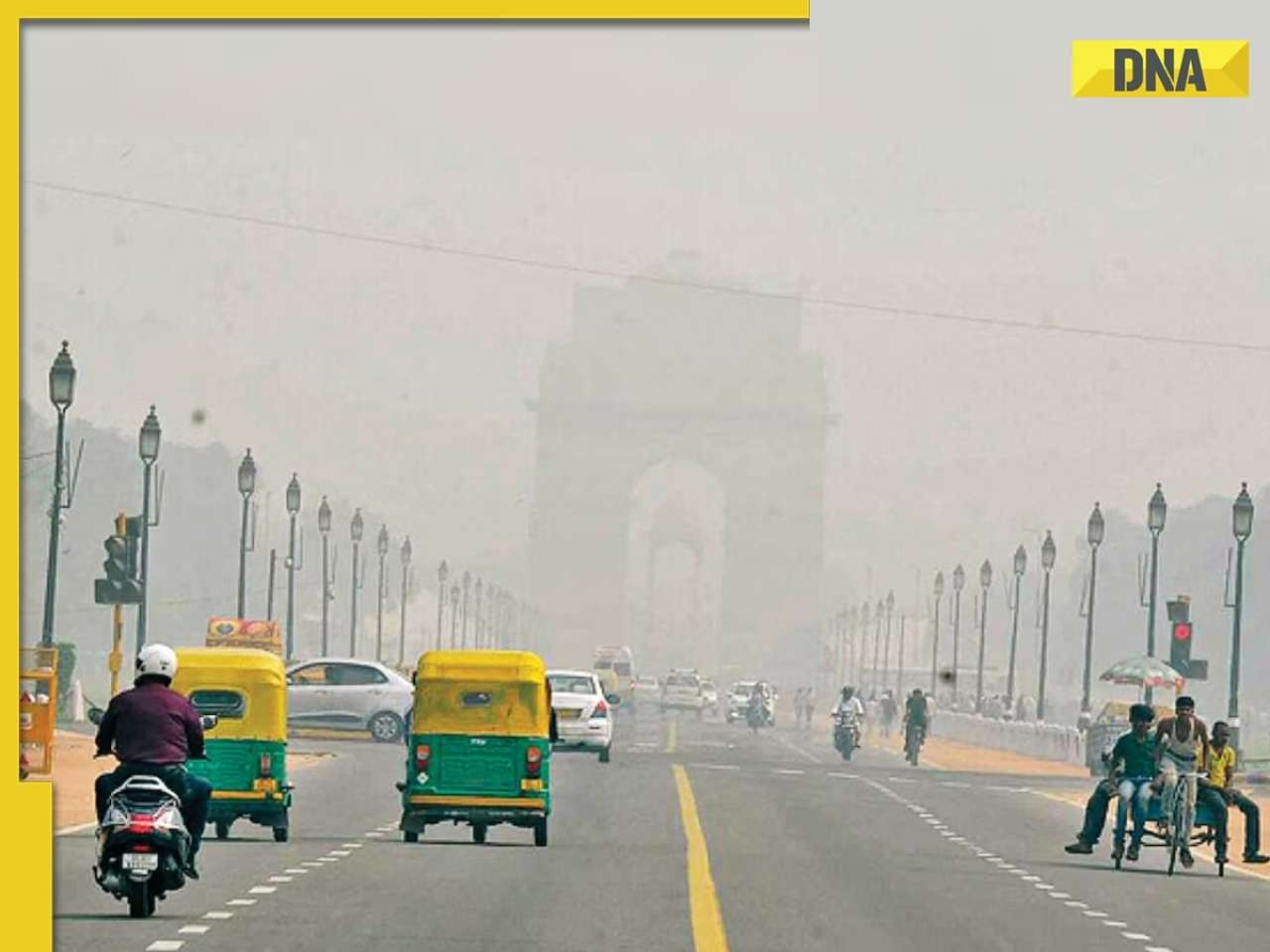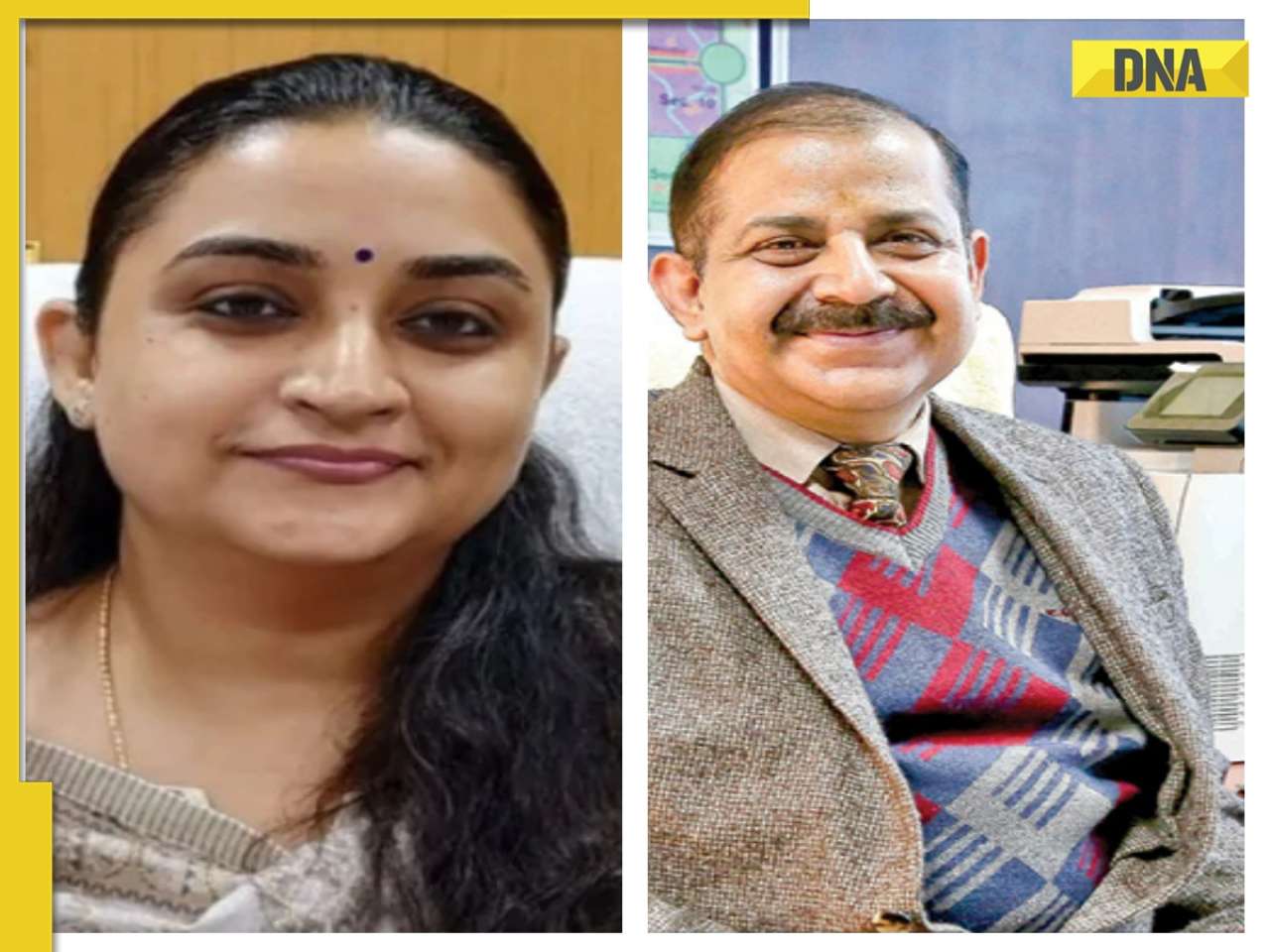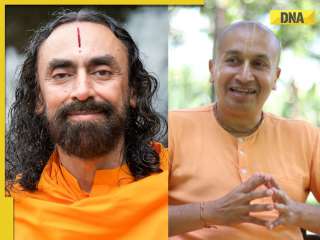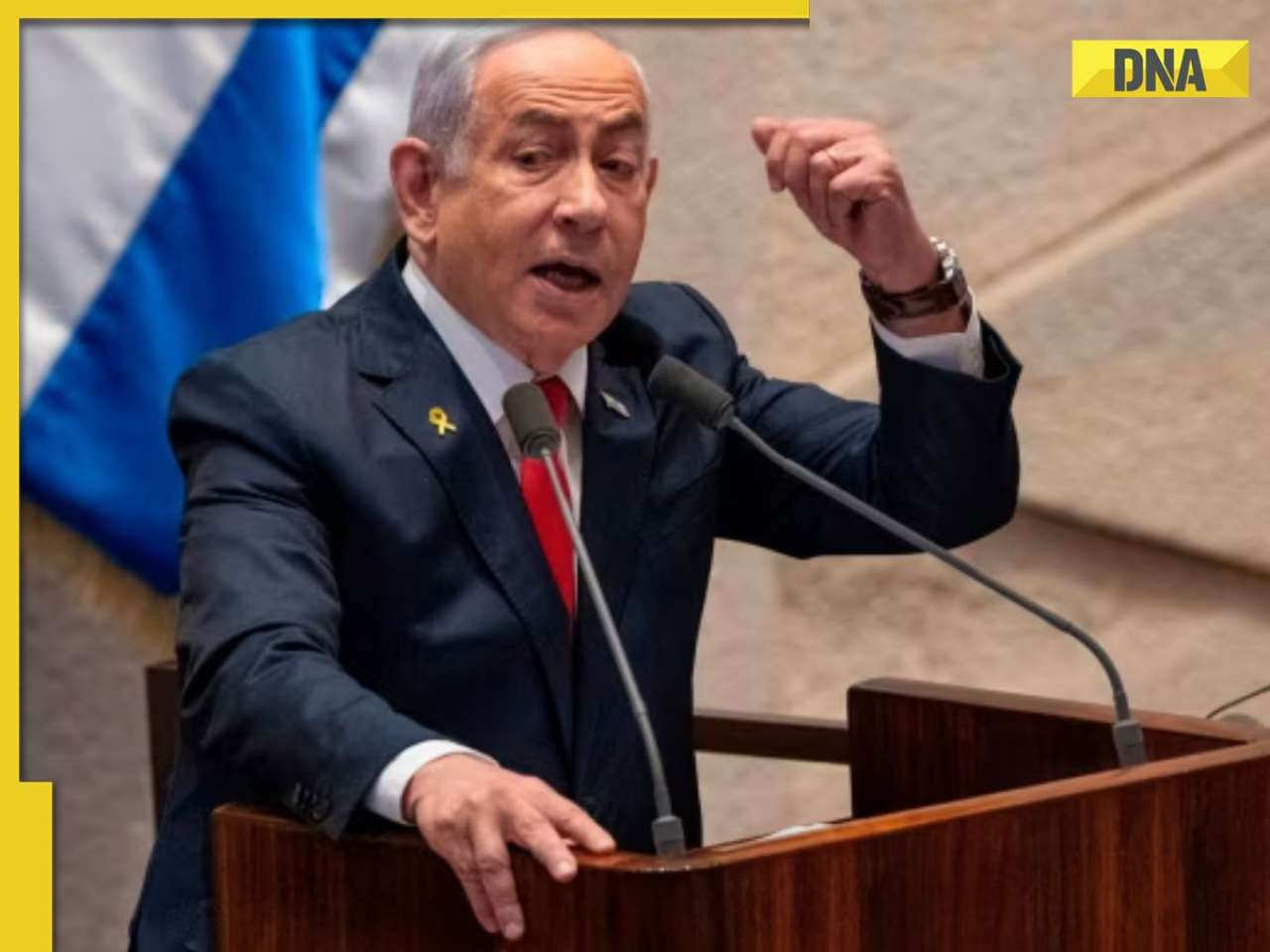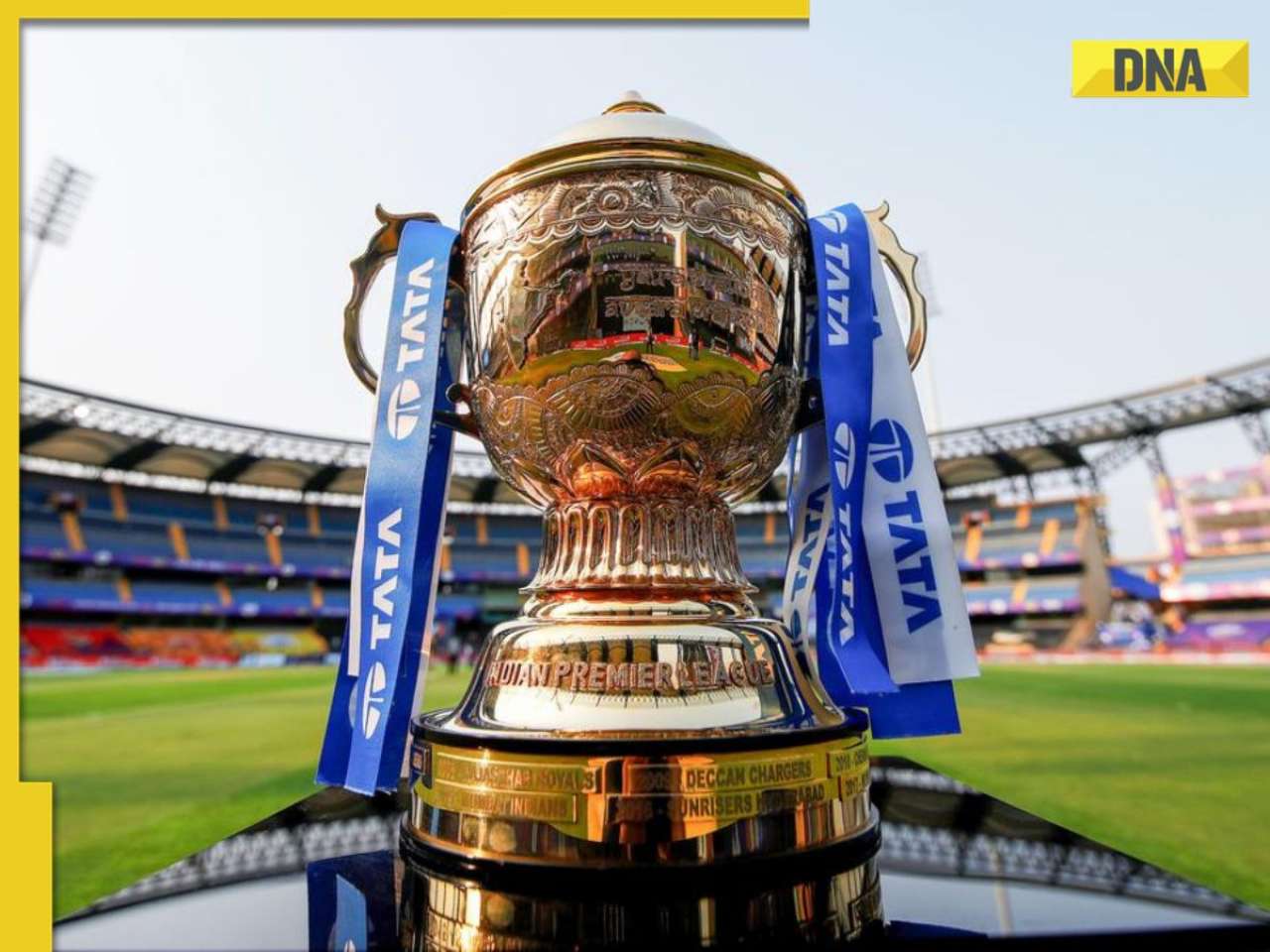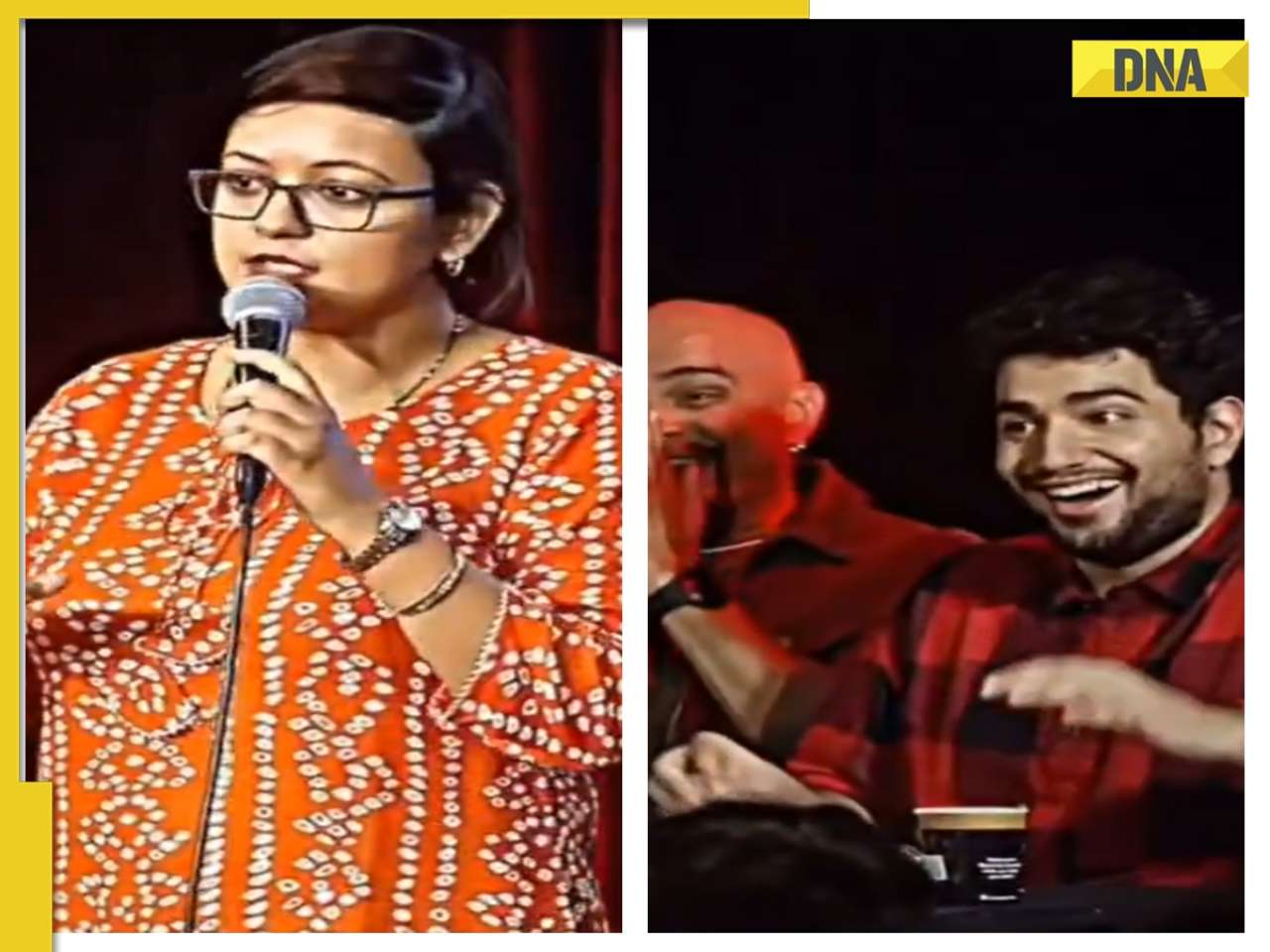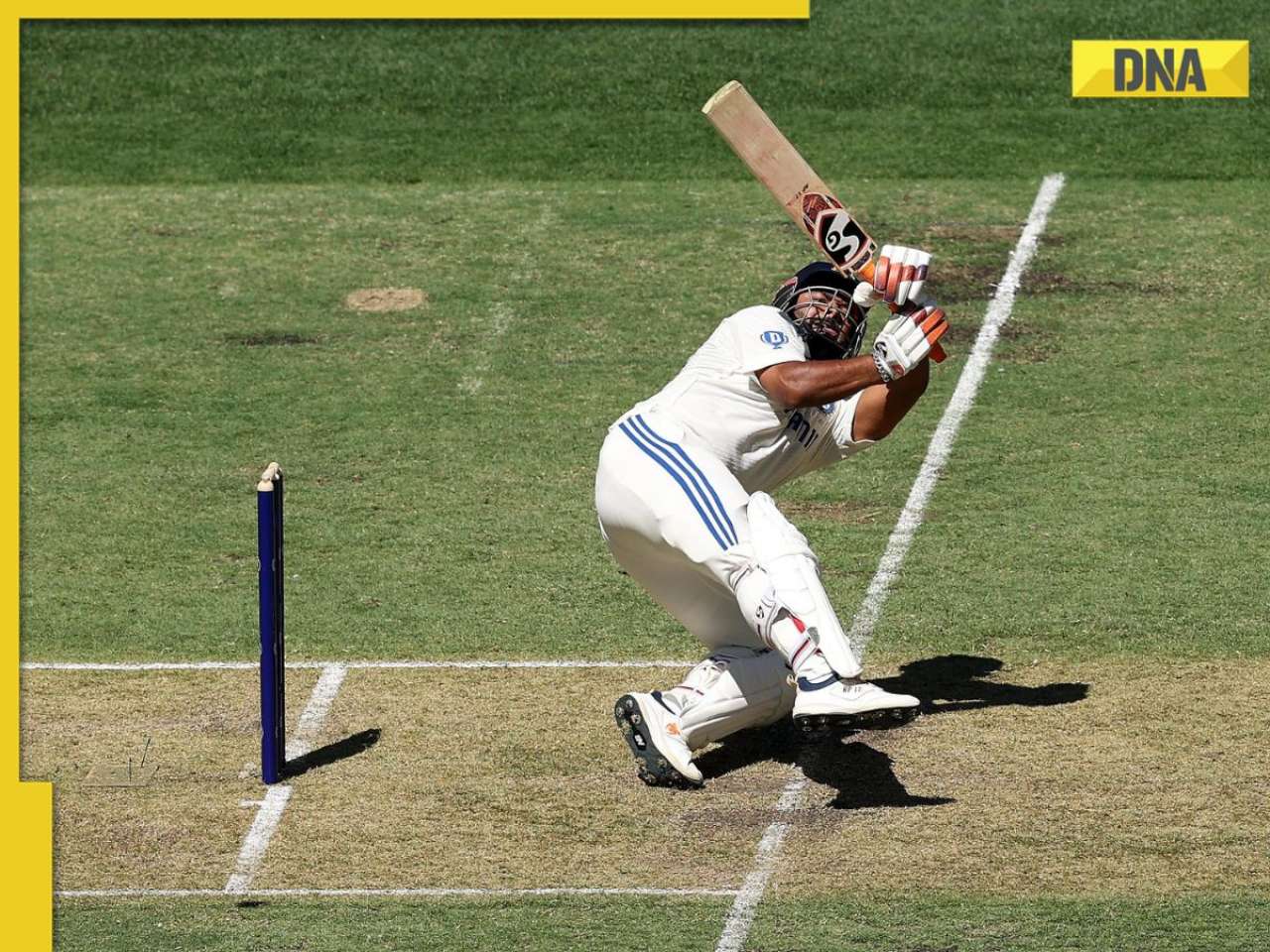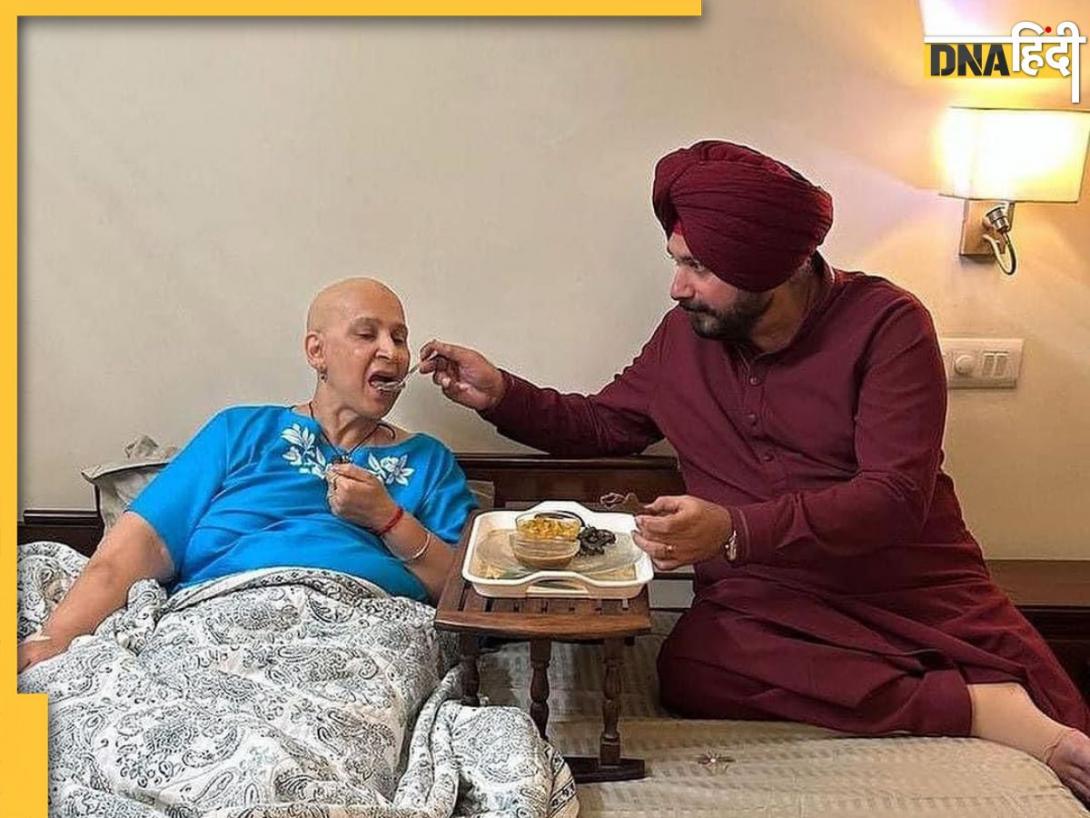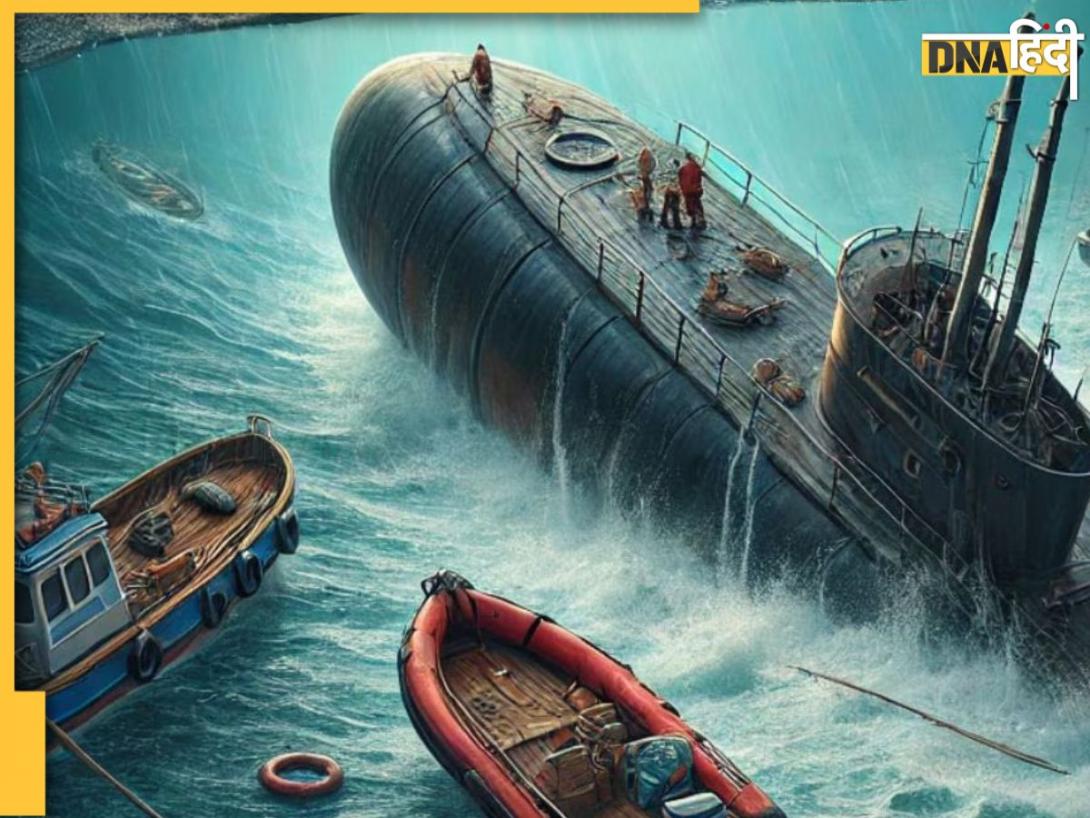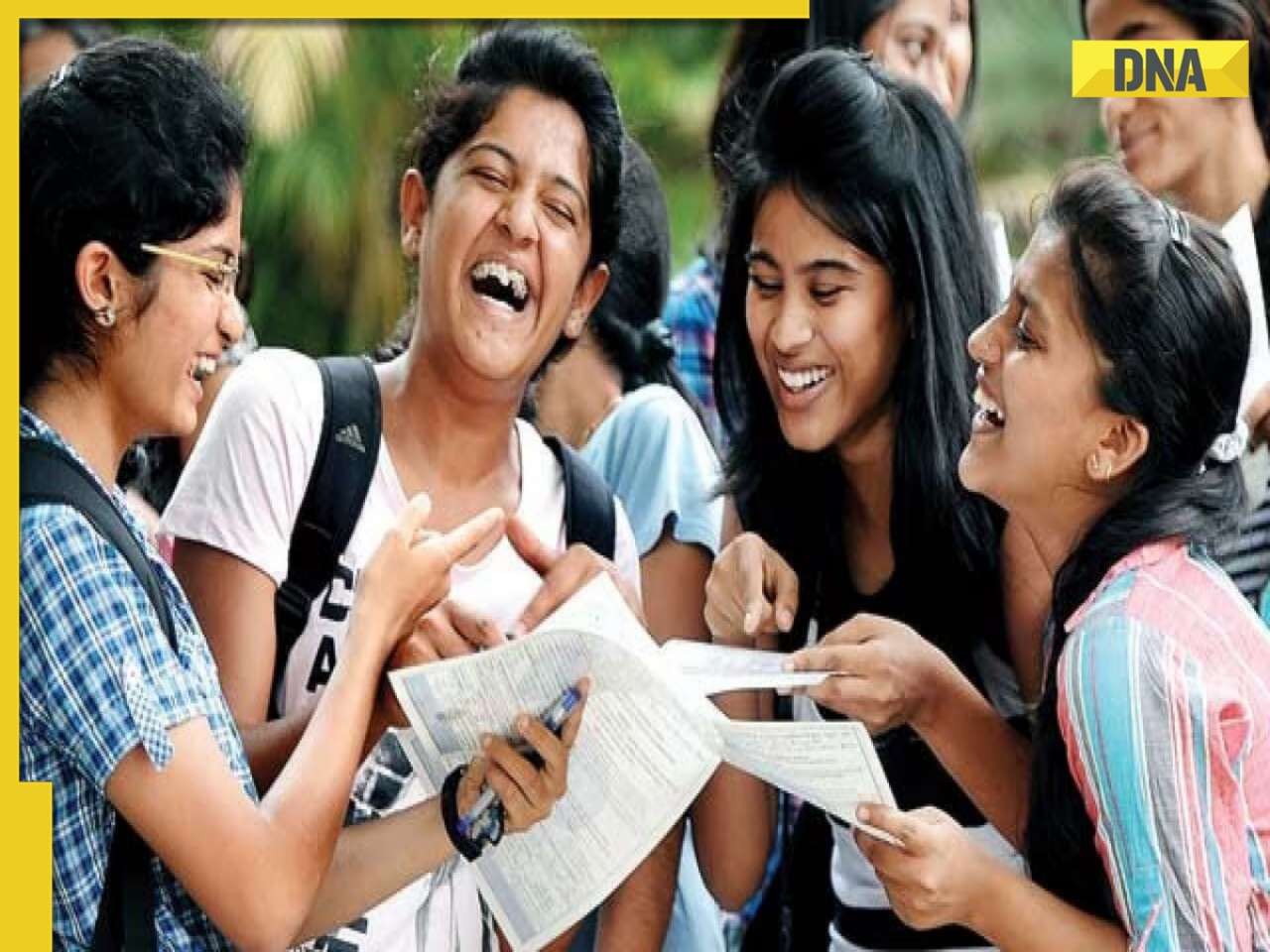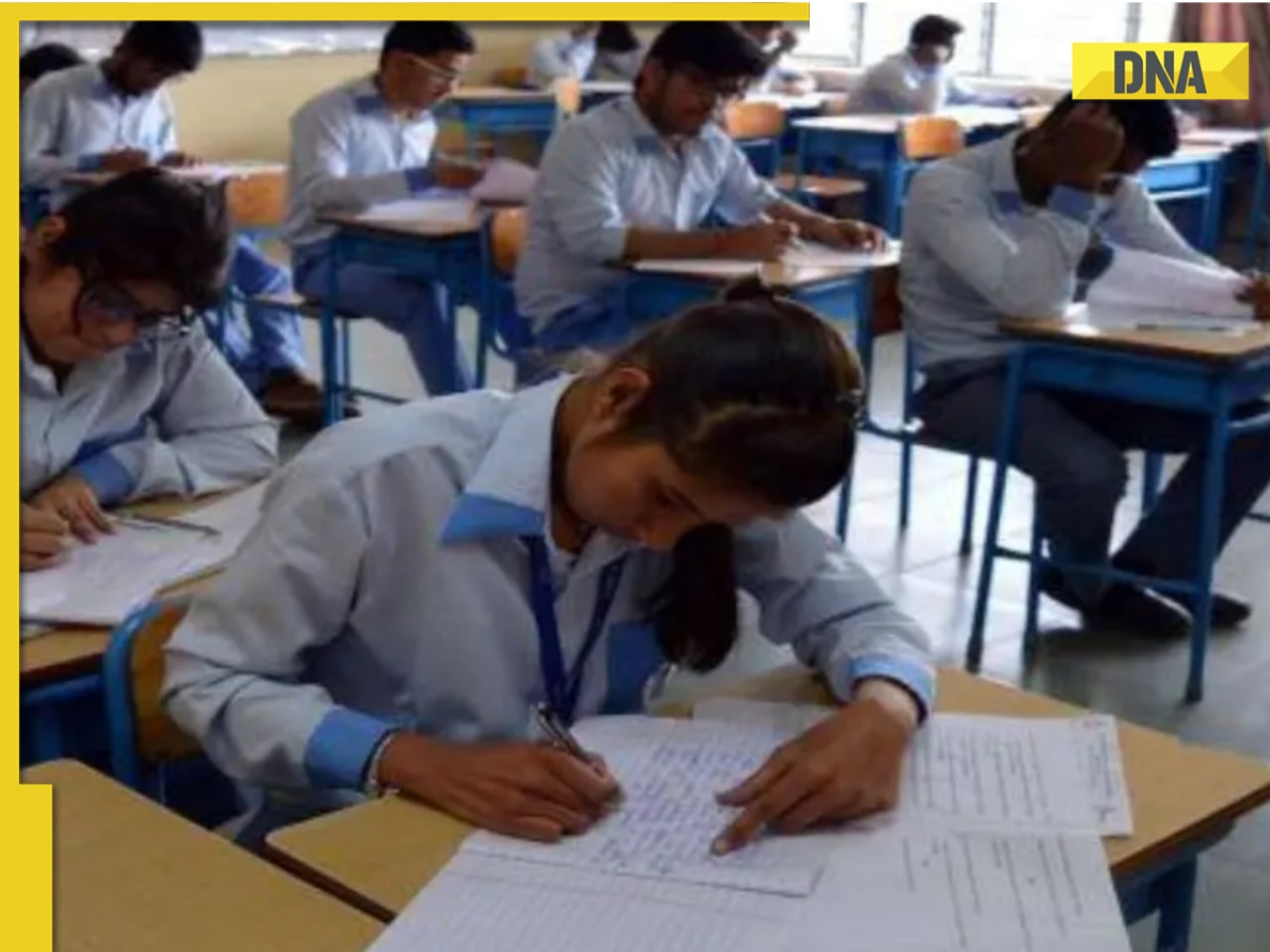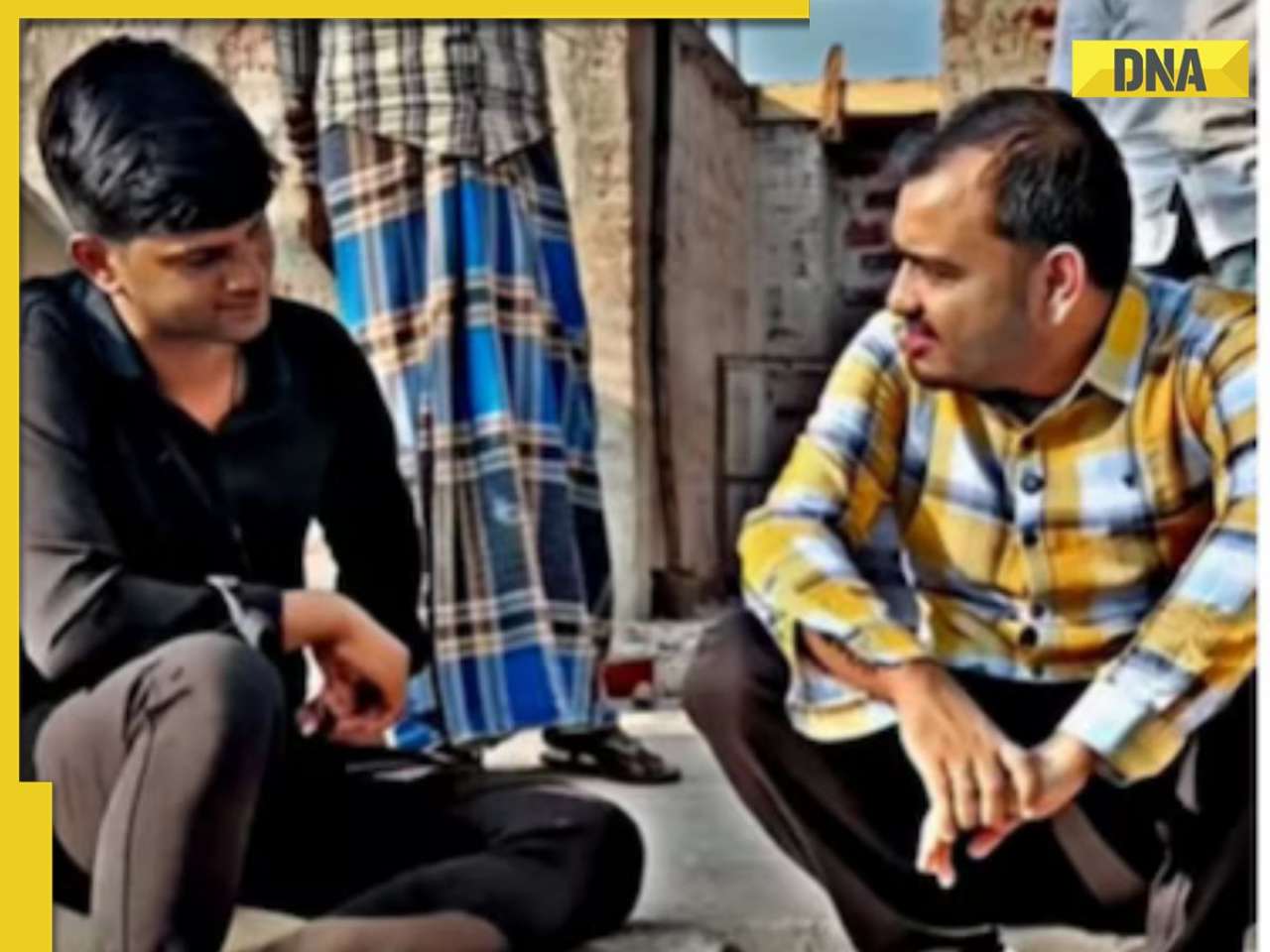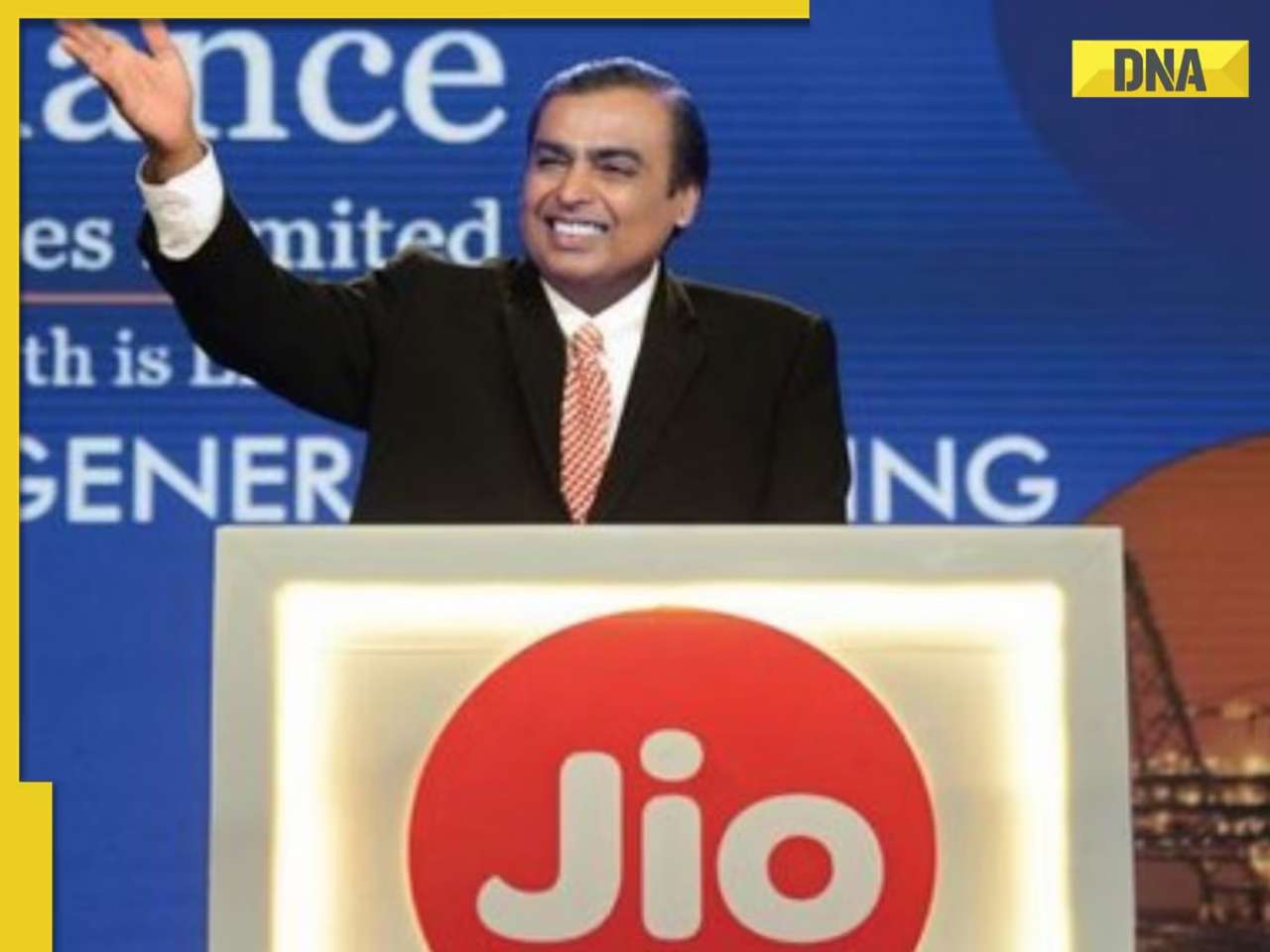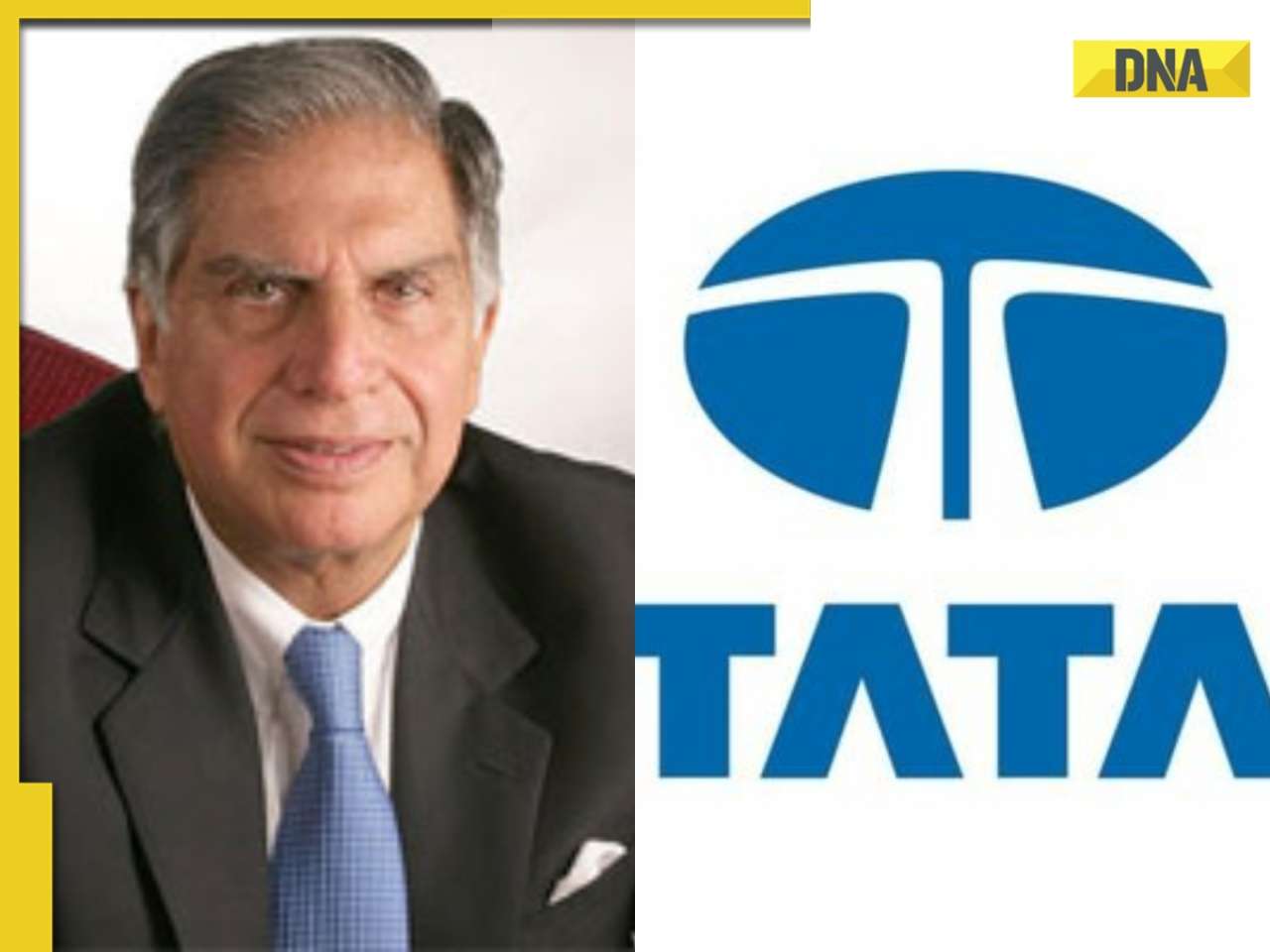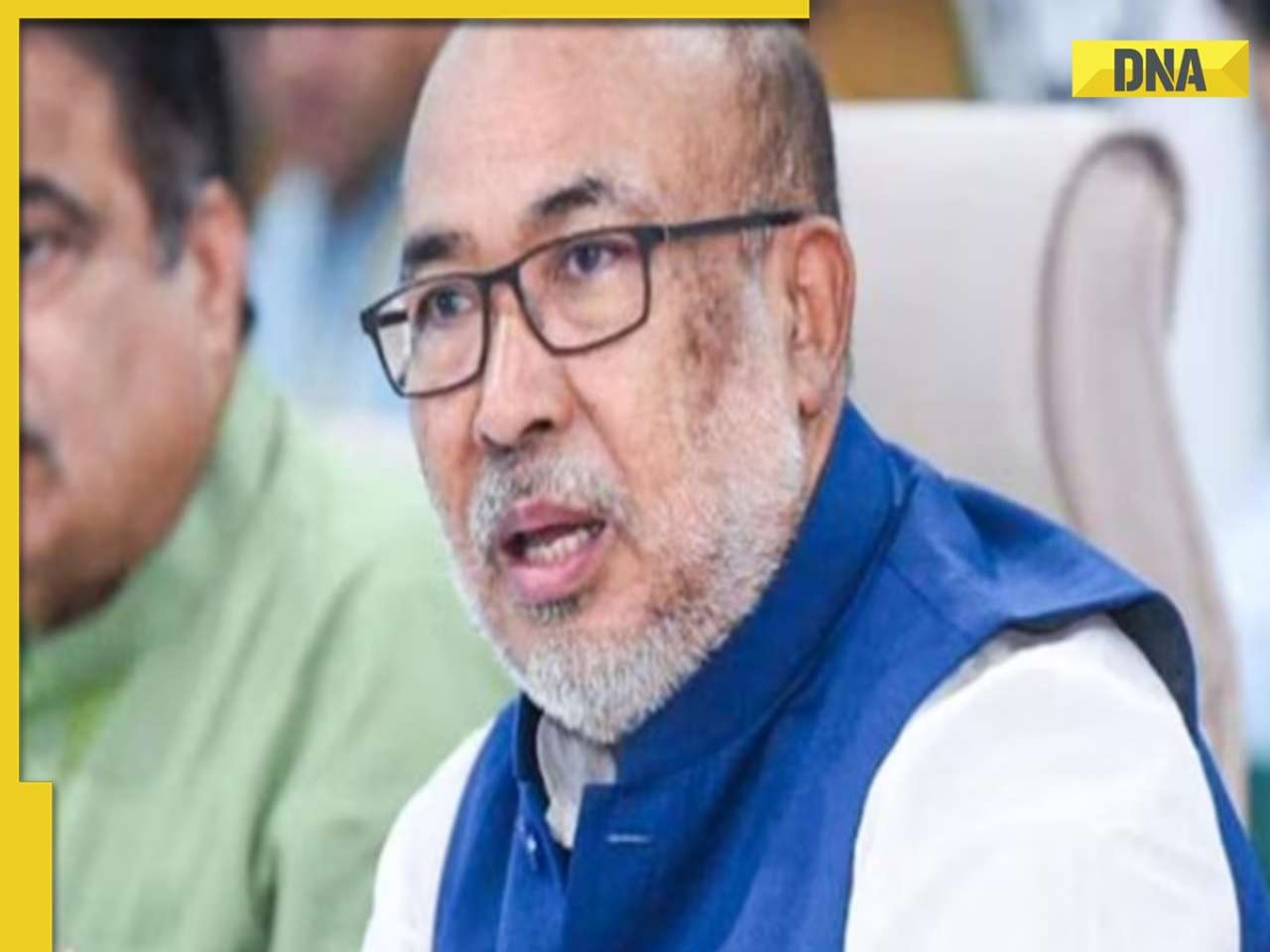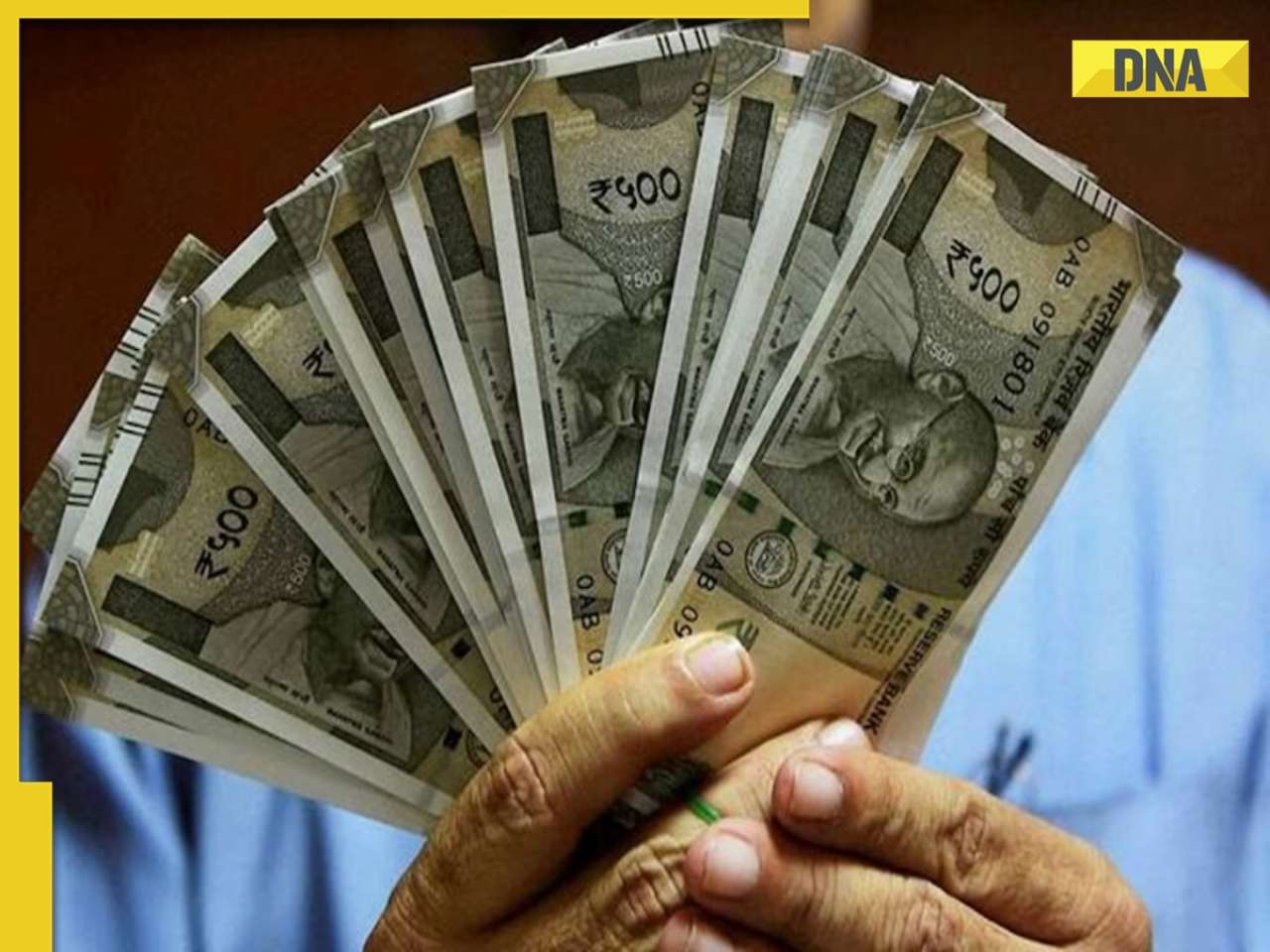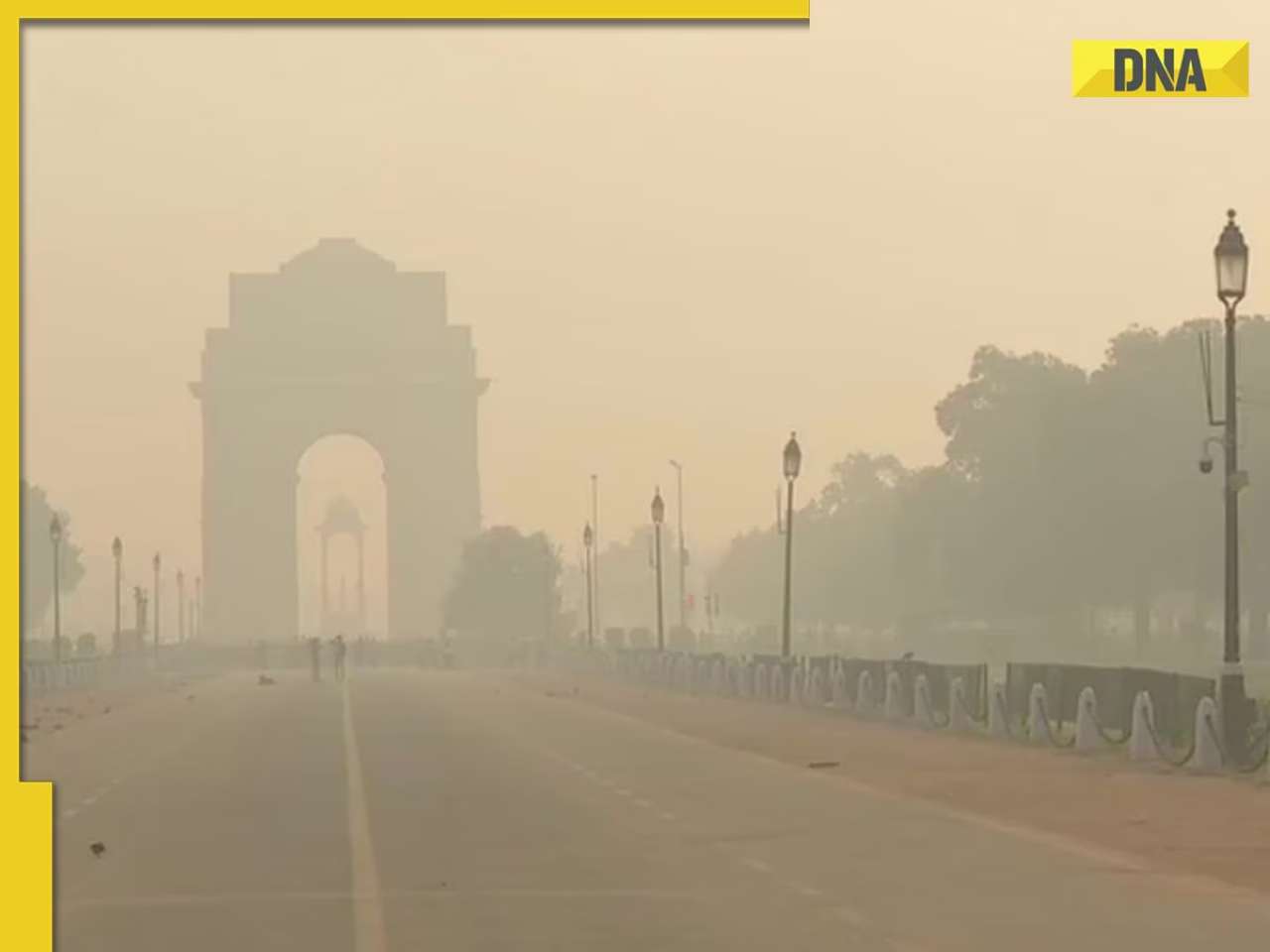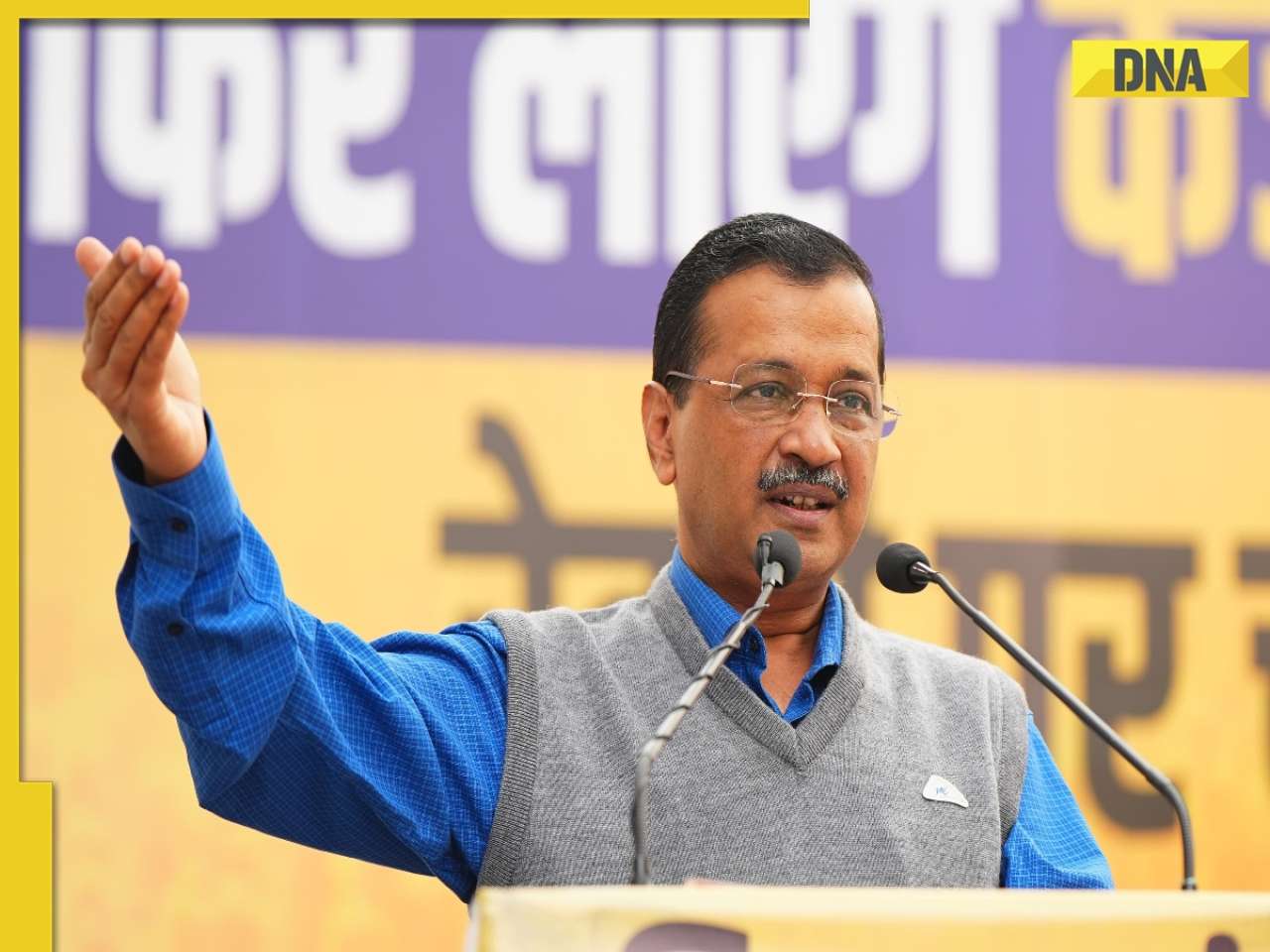- LATEST
- WEBSTORY
- TRENDING
CRICKET
What's in a format? Plenty if it's the World Cup
Pattern of World Cup has evolved over the years, and it has played a significant factor, writes G Krishnan
TRENDING NOW
What's in a format? The team that plays best on a given day and is able to do that consistently over the duration of the World Cup will lift the coveted trophy from the Lord's Cricket Ground balcony on July 14. Sounds straightforward, isn't it?
Not quite.
There is more to it than just turning up on the match day, going through the pre-match routines, heading for the toss and getting the game under way.
The format of the World Cup does have a say in the teams going the full distance. Case in point is South Africa who, despite playing consistently well in their inaugural World Cup in 1992 within months of being reinstated into the sporting world after Apartheid, were eliminated by a senseless 'rain rule'.
The 2019 World Cup, which has 10 teams instead of the 14 in 2015, has reverted back to the 1992 format in which each participating team plays the other once before the knockout stage made up of the semifinals and the final.
In the 1992 edition in Australia and New Zealand — the first ever World Cup that was played in coloured clothing, under lights and white ball — there were nine participating teams (eight full members Australia, New Zealand, England, Pakistan, India, West Indies, South Africa and Sri Lanka and one associate member, Zimbabwe).

Teams can bounce back
The current World Cup has gone back to that format and has been welcomed by everyone, because it is a more open tournament and teams can have a chance to come back from initial setbacks.
Comeback, like Pakistan did in 1992 from nowhere to go on to lift the crystal Benson & Hedges trophy under the captaincy of their current prime minister Imran Khan. In the league stage, Pakistan won only one of their first five matches, losing three others while one was a No Result due to rain.
A rejuvenated Pakistan under Imran vowed not to bow down and such was the strong message their captain sent across that he went out for toss in his white round-neck t-shirt with the image of a tiger, a message that Pakistan team was like a cornered tiger and had nothing to lose.
Pakistan went on to win their last three league matches, the semifinal against New Zealand and the final against England.
Such was the format that Pakistan were the fourth in the league to qualify for the semifinals with four wins and a NR of 9 points. On the other hand, a team as dominating as New Zealand won their first seven matches and lost only to Pakistan in the league to qualify with 14 points.
And, in the semifinals they ran into Pakistan, which was inspired by a young Inzamam-ul-Haq blitz and motivated by the legendary Javed Miandad.
The rain rule those days defied logic. In cases of rain interruption, the target was revised by eliminating the most economical overs for the number of overs lost and arrived at a revised target by the 'most productive overs' method.
South Africa were at the receiving end when they were cruelly knocked out in the semifinals against England. They were cruising towards a victory and needed 22 off 13 deliveries when rain halted play in Sydney. As per the rain rule, the Proteas were required to score 22 of 1 ball upon resumption after two overs were lost.

(The World Cup format has undergone a number of changes over the years. While the tournament was moved outside England for the first time after India won the trophy in 1983, the 1996, 2007 and 2011 editions saw prominent alterations in terms of number of teams and format — DNA archives/Reuters)
'Challenging format'
India skipper Virat Kohli called this World Cup "as the most challenging World Cup of all the three that I have been part of because of the format."
India head coach Ravi Shastri spoke about how challenging this format can be as he was himself involved in it in 1992.
"Very challenging. Any team can beat any team on a given day. If you look at 2014 and 2019 now, the gap is much closer between teams. If you see what Afghanistan was in 2014 and see what they are now, see what Bangladesh was and what they are now. So it is a strong competition.
"West Indies, if you look at that side on paper, they are strong as any and we saw some of them in the IPL, the way they hit the ball, it is going to be fantastic. The good thing though is there are those nine games, rather than just three or four games where you have to be on the ball from the outset," Shastri said before leaving for UK.
The day may not be far when the governing body, ICC, brings in an IPL-like format by introducing the playoffs (2 qualifiers and 1 eliminator) and give a fair chance to the most consistent two teams, thereby avoiding the 1992 scenario with New Zealand.
Shastri was an advocate of this format. "The IPL format is fantastic. You never know, in future down the line, they might think of doing it because of that (rain). At this moment, we will just have to say bad luck because it is not some thing you can prepare for. If nature intervenes, then tough luck," he said.
When 60 became 50
Looking back, the World Cup format has undergone a number of changes, with the participating teams grouped equally into two (1975, 1979, 1983, 1987) before the semifinalists were spotted. While in 1975 and 1979, each played the other once in the group before the semifinals, in 1983 and 1987, each played the other twice in their groups before the last four knockout stage.
While the number of participating nations in the first four editions were eight, it increased to nine in 1992 with a change in format. Also, the first three World Cups were held in England with 60 overs a side while the 1987 edition was the first outside England and the number of overs reduced to 50 as daylight in the subcontinent was not enough for 120 overs in a day.
Quarterfinals introduced
The 1996 edition — which was held jointly by India, Pakistan and Sri Lanka — saw for the first time the participating teams go in double digits. Twelve teams — nine full members and three associate members (Kenya, Netherlands and UAE) — were distributed equally into two groups with each playing the other once. For the first time, quarterfinals were introduced in the World Cup.
This edition also saw the start of South Africa succumbing at crucial stages of global tournament, the 'chokers' tag clinging on to them till date. South Africa won all five of their group matches only to lose to West Indies in the quarterfinals and be knocked out.
In this tournament, Australia and West Indies refused to travel to Sri Lanka for safety concerns and conceded points to the co-hosts. Sri Lanka, in fact, entered the event with four points on hand already as a result of the forfeiture that was conveyed well in advance, qualifying for the quarterfinals even before playing their first game.
Introduction of Super Six
Three years later, the World Cup returned to England, which also brought in Super Six (S6) stage. While 12 teams participated, the top three from each of the two groups entered S6, which replaced the quarterfinals from the previous edition.
The qualifiers for S6 carried forward points won against fellow qualifiers from the group stage and faced each of the three qualifiers from the other group once before the semifinals and final.
The eighth edition in 2003 went to Africa — South Africa, Zimbabwe and Kenya — with 14 teams in it split into two groups, followed by the S6. The points system carried forward from Group Stage was so complicated that it was dropped for the next edition in 2007 World Cup.
The 2003 World Cup saw England forfeiting their match against Zimbabwe due to political unrest in the latter, New Zealand not travelling to Kenya for safety reasons. As it turned out, Kenya qualified for the S6, helped largely by the four points they got for walkover by New Zealand, and further entered the semifinal despite just one win in three S6 matches.
Largest participation
The 2007 World Cup, played for the first time in the Caribbean islands, saw 16 teams split into four groups equally. The top two teams from each group entered to the next round, Super 8, that replaced S6 from the previous two Cups.
Teams played six matches, i.e. against each of the six teams from the other groups and carried forward the points won against fellow qualifier from the same group. Semifinals and final ensued in the tournament that will be remembered for the death of Pakistan coach Bob Woolmer under mysterious circumstances in his team hotel bathroom.
The World Cup returned to the Asian sub-continent in 2011 with 14 teams split into two groups. The Super 6s and Super 8s were abandoned, and the format went back to the 1996 where the quarterfinals, semifinals and the final made the knockout stage.
A similar format was followed in the 2015 edition in Australia-New Zealand, though the only addition was the introduction of Super Over only for the final.


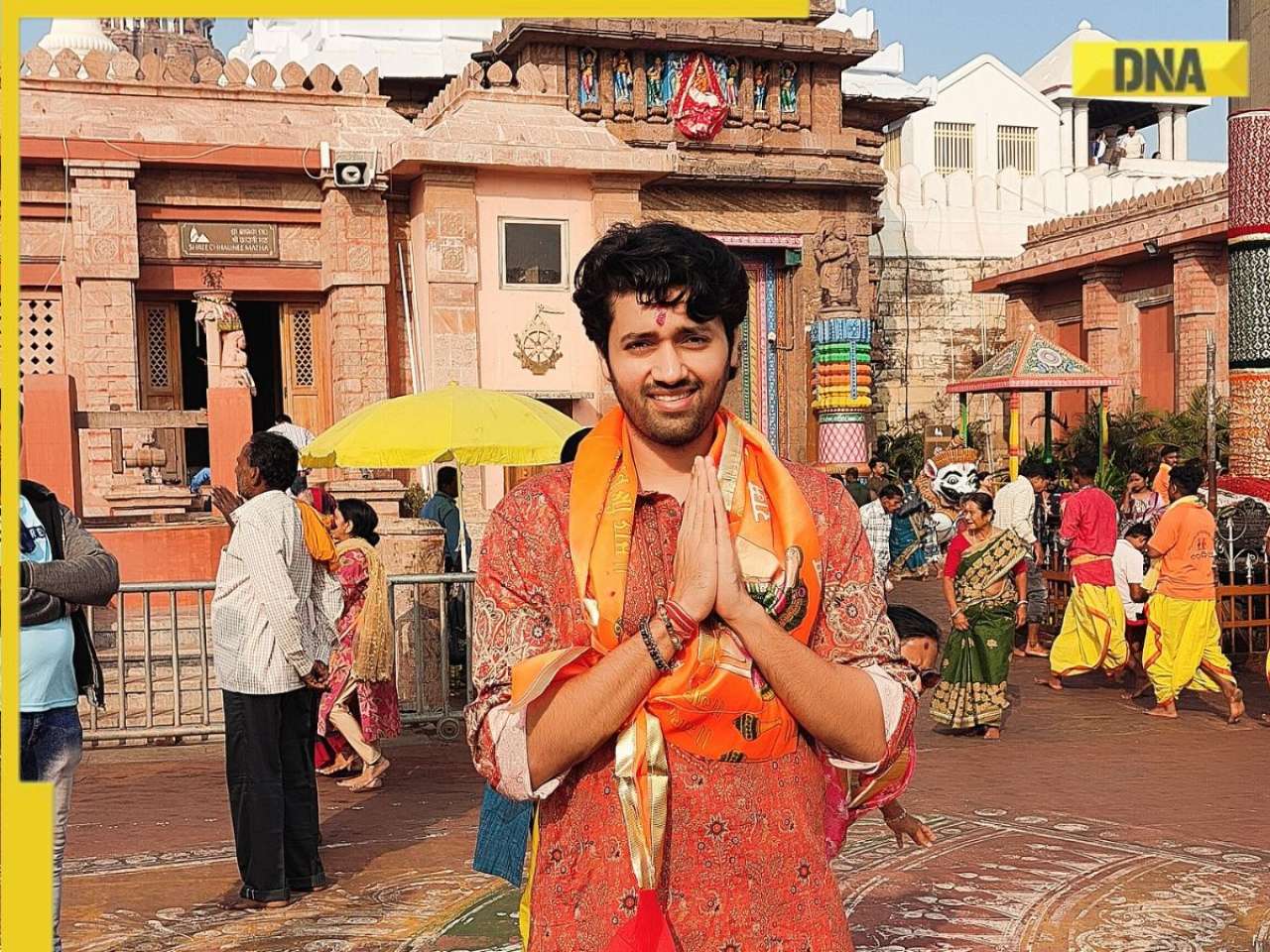




)
)
)
)
)
)
)
)
)
)
)
)
)
)
)
)





